
بريد إلكتروني أذكى، وأعمال أسرع. وسم وتحليل والرد تلقائيًا على طلبات العروض، وعروض الأسعار، والطلبات، والمزيد — فورًا.
الرائج الآن
Categories
Airlines Face Pilot Shortage Amid Growing Industry Challenges
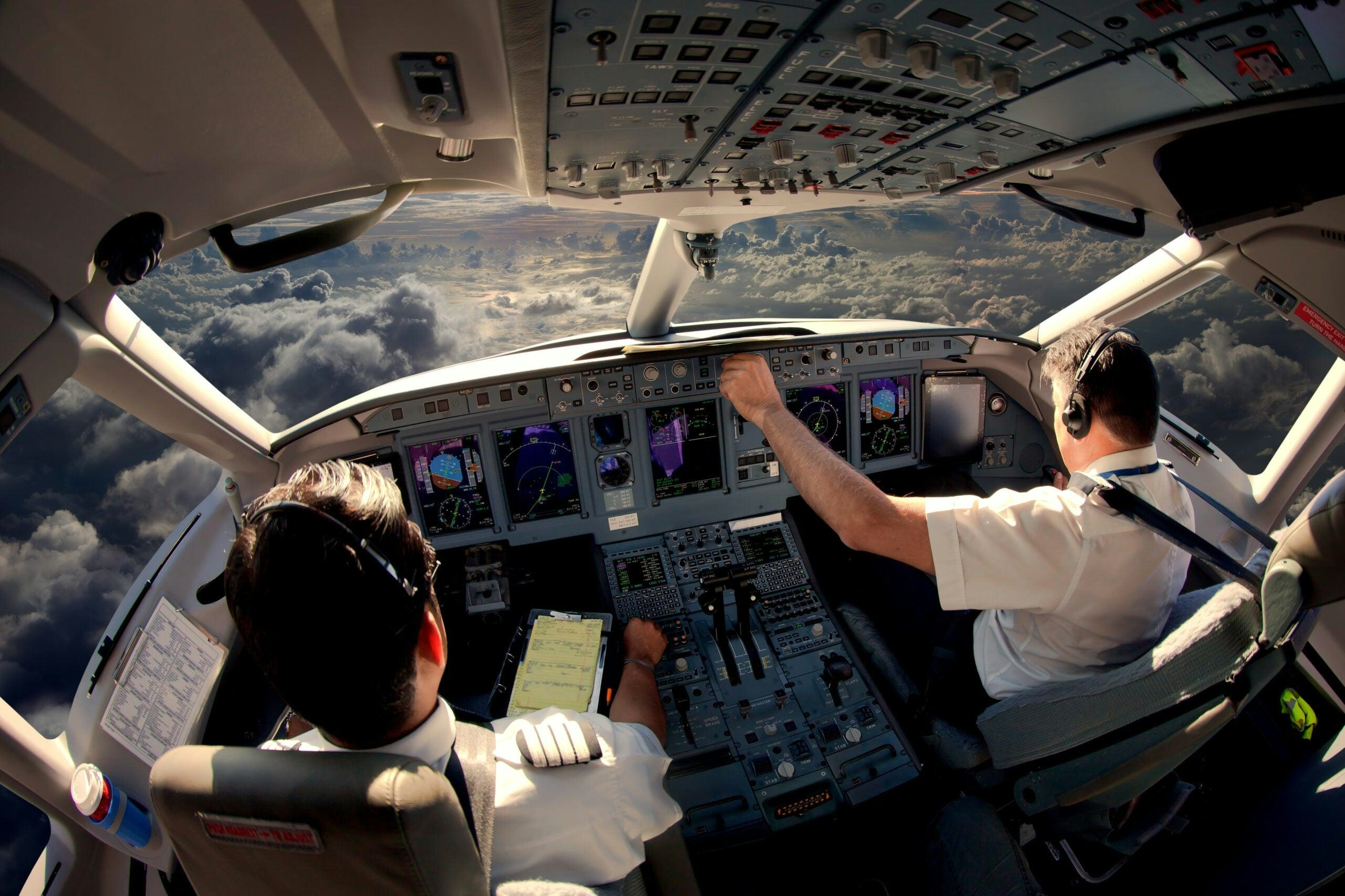
Airlines Face Pilot Shortage Amid Growing Industry Challenges
Rising Demand Meets Workforce Shortfalls
Airlines around the world are confronting a significant shortage of pilots as global demand for air travel surges. Despite efforts to attract new talent through signing bonuses and accelerated promotion tracks, the industry is grappling with a wave of retirements and a backlog in pilot training that threatens to leave cockpits understaffed for years. The aviation sector, still recovering from the disruptions caused by the COVID-19 pandemic, faces a multifaceted challenge. During the height of the pandemic, many pilot training programs were paused or slowed, creating a bottleneck that flight schools are now struggling to resolve. Concurrently, a substantial number of senior pilots, particularly in North America, chose early retirement, leaving airlines to replace decades of experience just as leisure travel demand rebounds strongly.
The shortage extends beyond pilots. The Federal Aviation Administration (FAA) anticipates a deficit of approximately 4,000 air traffic controllers over the next two decades, driven by mandatory retirements and pandemic-related delays in training. This dual shortfall in both cockpit and control tower personnel raises concerns about the industry’s capacity to maintain efficient operations. These staffing challenges are further exacerbated by the threat of government shutdowns, which could strain FAA resources, resulting in longer security lines and potential flight disruptions.
Training Barriers and Industry Projections
Industry experts emphasize that the rapid growth in air travel has outpaced expectations, complicating efforts to stabilize the workforce. Christoph Klingenberg, an airline and airport management specialist at Worms University of Applied Sciences in Germany, noted that pilot training requires several years, meaning the current shortage will likely persist for some time before normalizing.
Projections underscore the scale of the challenge. The U.S. Bureau of Labor Statistics estimates around 18,200 annual job openings for airline and commercial pilots in the United States over the next decade, amounting to more than 180,000 new positions. On a global scale, Boeing forecasts a need for 660,000 new commercial pilots by 2044 to support both passenger and freight operations.
Becoming a pilot remains a costly and demanding endeavor. In the United States, flight training expenses can exceed $100,000, posing a significant financial barrier for many aspiring aviators. Beyond the cost, candidates must satisfy rigorous certification requirements, including obtaining the Federal Aviation Administration’s Air Transport Pilot (ATP) certificate, which mandates 1,500 hours of flight experience—often requiring an additional one to two years of training after initial graduation.
Navigating Workforce and Industry Complexities
To address these workforce challenges, industry leaders advocate for stronger partnerships with youth organizations to establish clearer career pathways into aviation. At the same time, the sector is contending with broader issues related to growth and sustainability, which are driving increased demand for aviation consulting services. Legal disputes, such as the ongoing conflict between Condor and Lufthansa, add further complexity to the industry landscape and may foreshadow additional courtroom battles.
As airlines face labor shortages, operational disruptions, and legal uncertainties, the path forward will necessitate coordinated efforts across training, recruitment, and policy domains. Only through such collaboration can the aviation industry hope to meet the world’s expanding appetite for air travel while maintaining safety and efficiency.
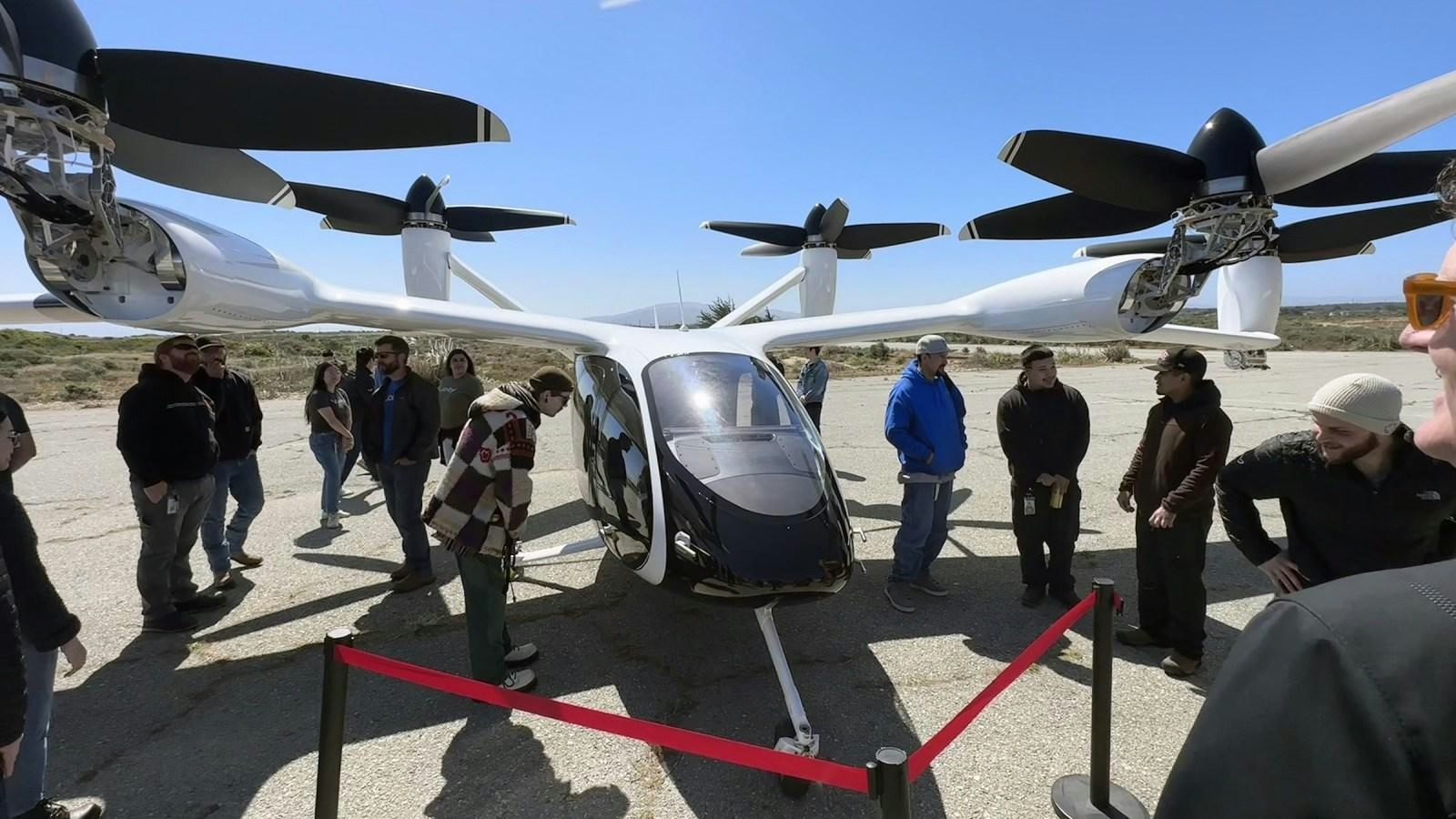
Electric air taxis to be showcased at this weekend's Salinas Airshow
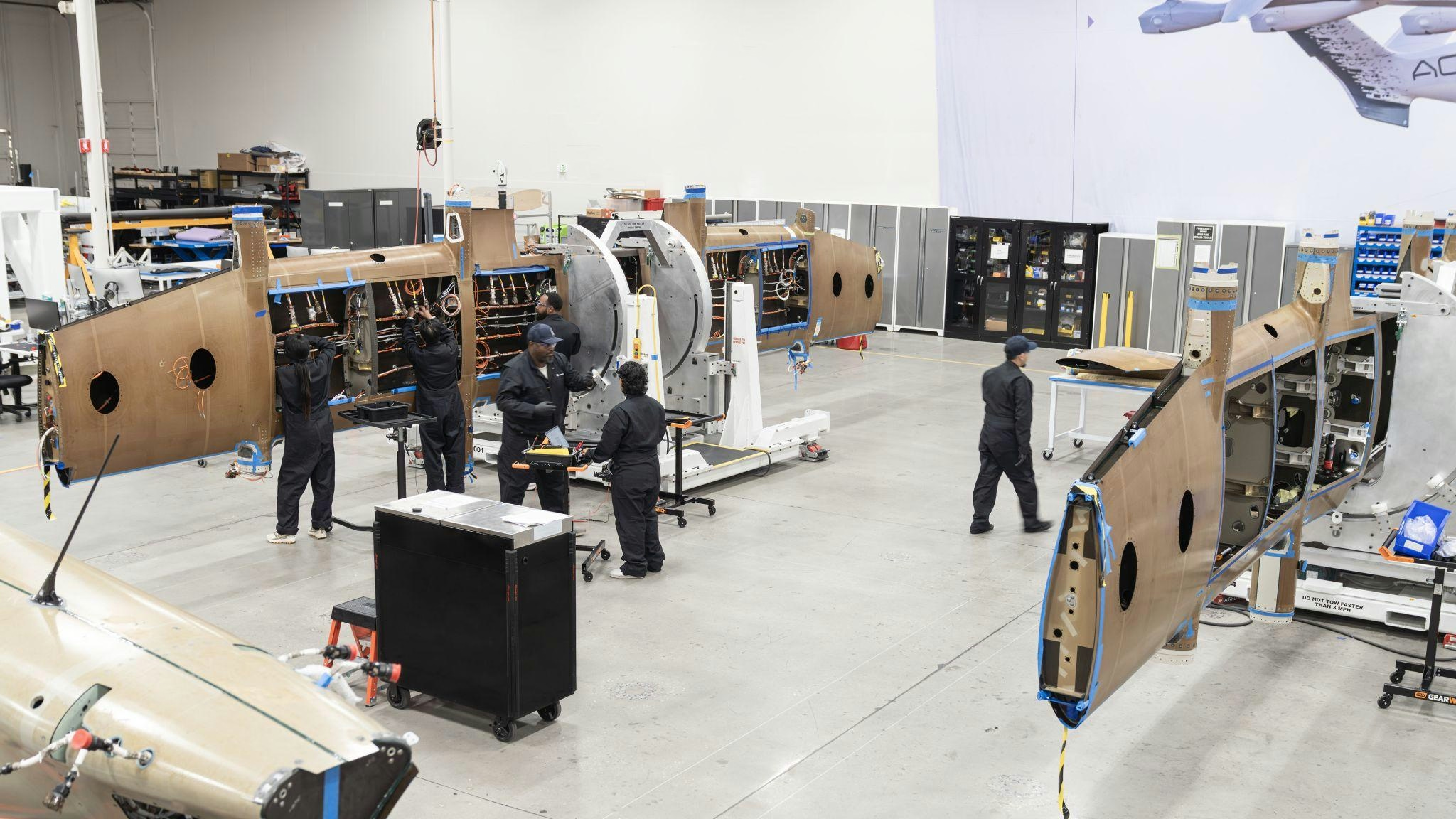
Archer Aviation’s Electric Midnight Aircraft Debuts at California Air Show
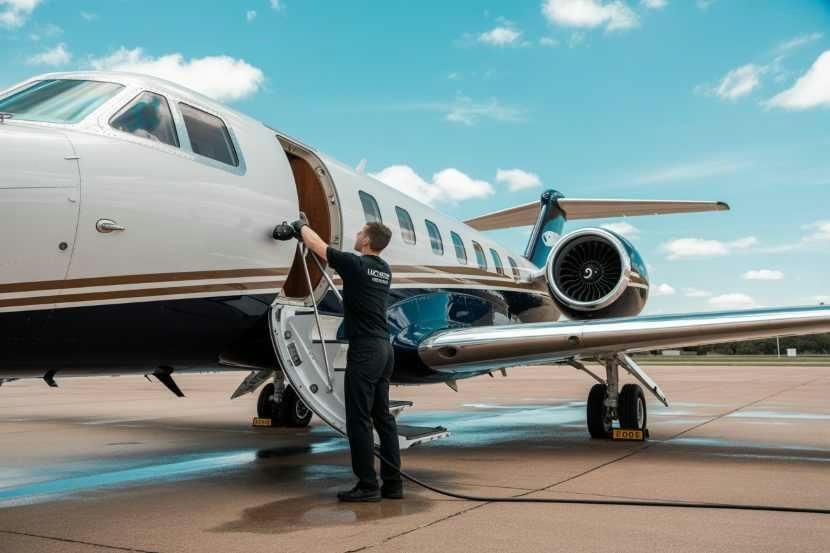
AirProtect Expands in Texas Through Partnership with SouthernPlex

Boeing Invests $85 Million in Canadian Innovation Zone Espace Aéro
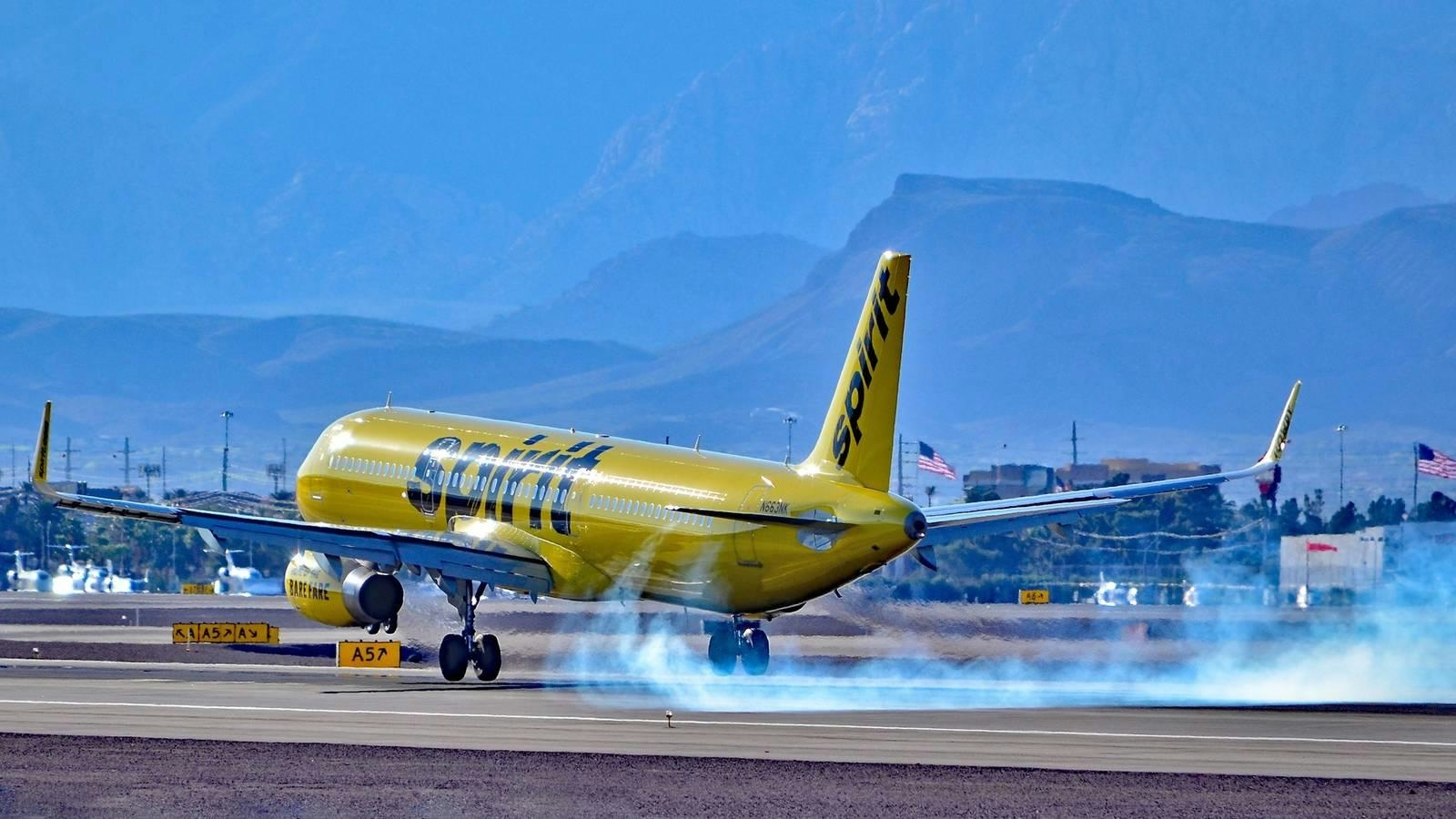
Spirit Airlines to Reject 87 Aircraft Leases

Legacy Manufacturing Integrates Advanced AAM Technologies
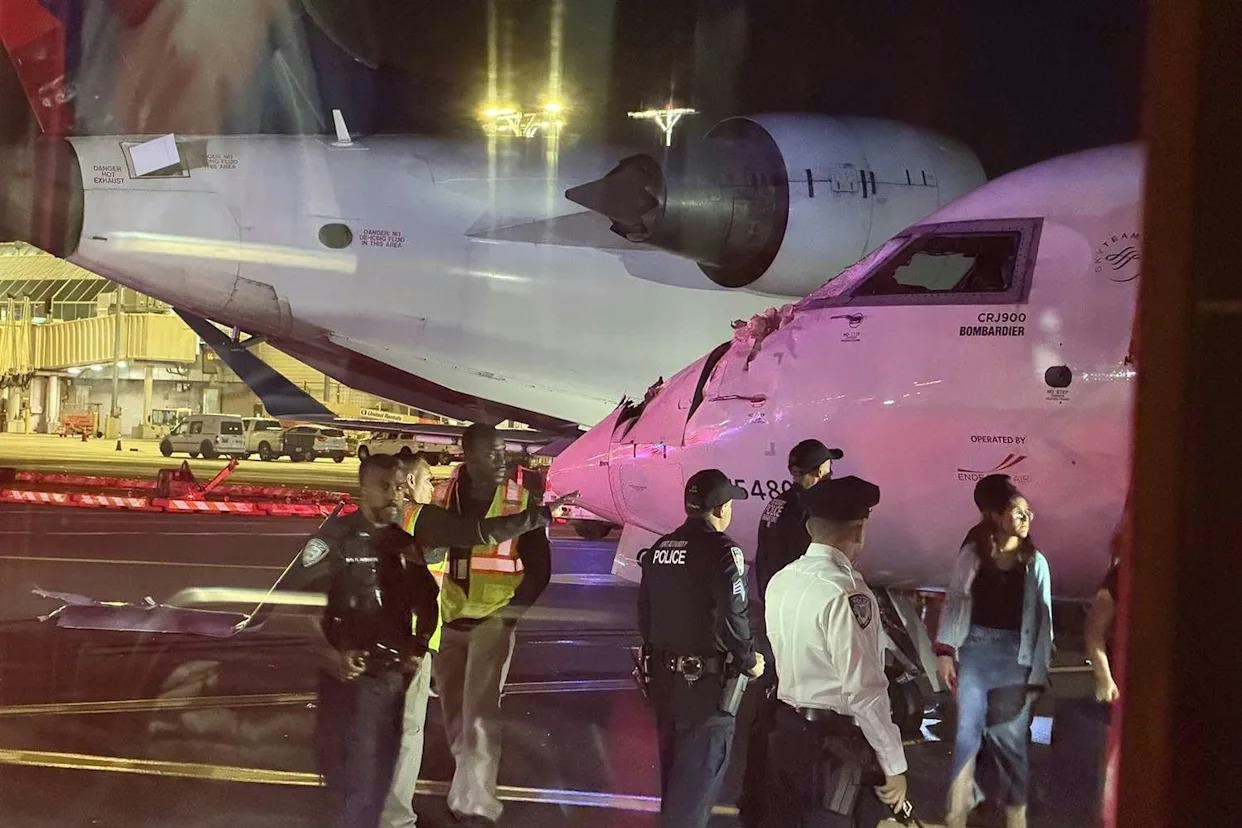
NTSB Analyzes Flight Recorders from Delta Jets Collided at LaGuardia

Joby Aviation Partners with UAE for Air Taxi Launch Amid Global Expansion
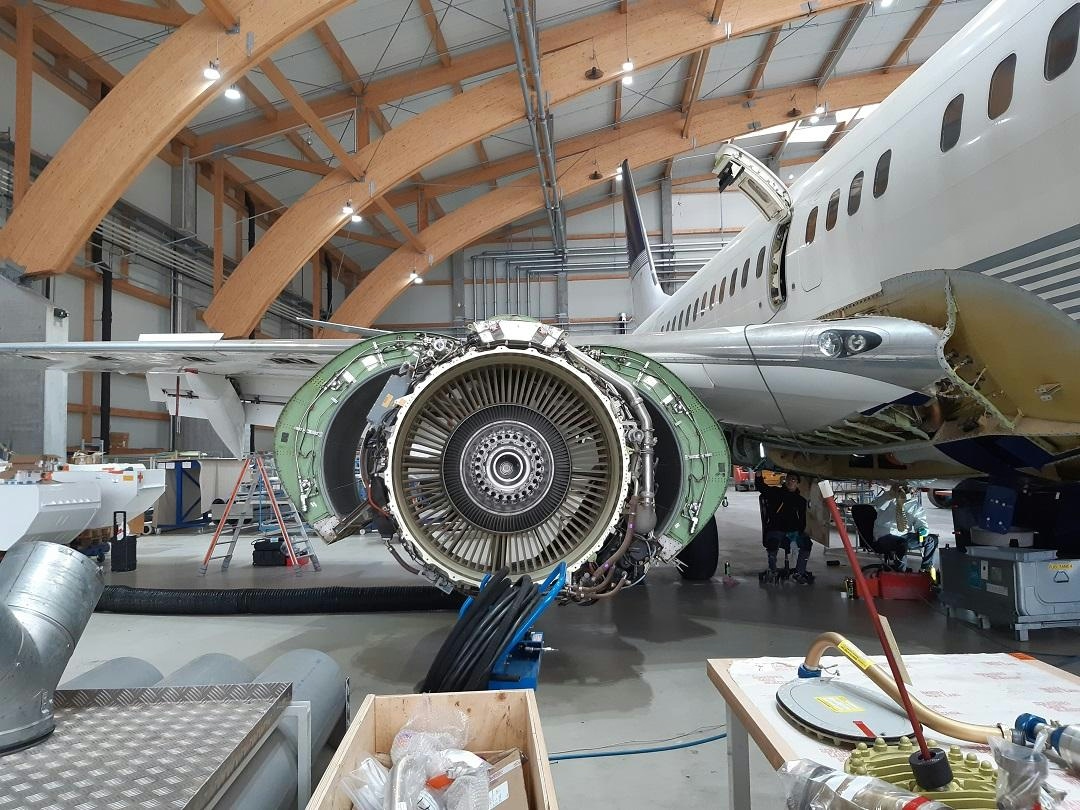
BBJ 737 Inspections Conducted at AMAC Aerospace in Bodrum, Turkey
